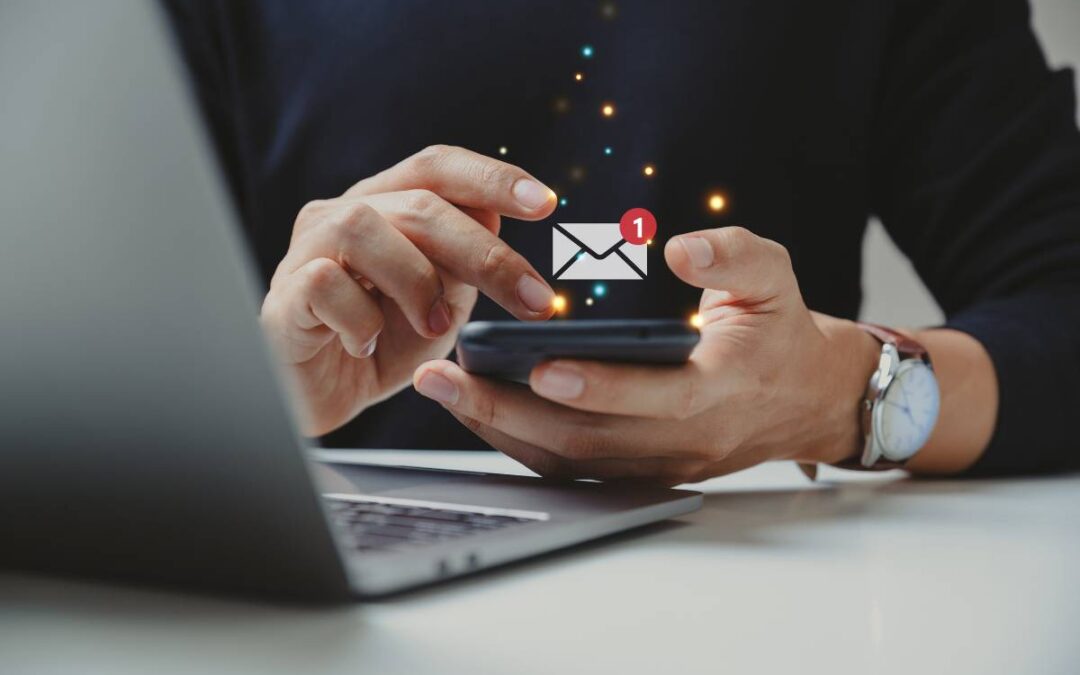You can define your metrics in every marketing campaign by video views, clicks, website visits, and others. However, converting those prospects into loyal customers is no easy task without a solid lead generation strategy. This blog shares nine lead generation tips you must prioritize to get the best ROI!
9 Lead Generation Tips to Prioritize
Lead generation is a process of trial and error. Only 20% of leads1 convert to a sale. This statistic illustrates the importance of your one chance to make a lasting impression. These actionable lead generation tips will help your brand increase conversions from your next lead generation strategy.
1. Understand Your Target Audience
Before you build your strategy, understanding who you are talking to is critical. Your target audience is a vital part of a lead generation campaign, so identify their pain points and how your product or service is the solution to their problems.
Develop a buyer persona to understand your ideal shopper more completely. Ask yourself: what are their purchasing habits? Next, consider their age and where they are more likely to consume information. For example, Gen Z2 is more likely to use TikTok, while Gen X might be present on Facebook. Knowing potential customer demographics will help you hone your marketing channels.
2. Push Traffic to Landing Pages
Landing pages are dedicated web pages designed for a specific product or service and are often linked to paid search ads, email marketing, or organic search results. Every landing page should be well structured, clean, have a clear CTA, and have a form-fill option. There are no extraneous links to drive them to other pages of the website; they are about one thing – converting the audience arriving from a marketing campaign into converting.
Landing pages are a staple tool within any lead generation strategy as it opens an opportunity to receive potential names, phone numbers, and email addresses for retargeting purposes later and developing your first party database (ver important as we move into a cookieless world.). Once you receive this information, it is easier to identify your target audience, their pain points, needs, and wants to target them again later.
3. Create Offers for All Stages of the Buying Cycle
It is hard to refuse anything offered for free, especially if there is no catch. No matter the stage in your customer’s buying cycle, offering them a free product or service is a sure way to gain their interest. Consider which stage of the buying cycle they are in and find a free offer related to it.
If a B2B prospect is early in the buying cycle, they may not be ready for a free demo. Given what they know, this may be too overwhelming of an offer. Informational resources such as white papers or eBooks are generally more effective earlier in the customer journey, whereas trials and demos are more effective later in the customer journey. Read our blog on B2B demand gen to learn more about approaching top-of-funnel B2B marketing strategies.
4. Ensure Forms and Tracking Function Properly
You do not want to miss out on leads due to an error you can simply fix. Before launching your content, ensure your forms are working correctly; otherwise, you could spend time and money running a campaign that brings no value to your business. This is one of the most critical steps in a lead generation campaign as it affects every aspect.
You can test forms by visiting the landing page URL and inputting your information. You can also visit Google Analytics to ensure everything is set up correctly and connected. Once you are confident all forms and tracking are fully functional, it is time to start collecting information from potential customers.

5. Test Targeting, Platforms, Creative, and Copy
In any marketing strategy, you never stop testing. Optimizing your targeting, platforms, creativity, and copy is always possible. To test the performance of your campaign, start broad, accumulate data, and hone in on the audiences, media, and ad types that perform best. Look into which sub-audiences are performing better. For example, are women ages 40-65 converting 5x cheaper than men? In this instance, switch your targeting to just women and see how that changes the ROI.
It is also common that one platform will outperform others. For example, is paid social or paid search leading to a better CPL? What social platform is performing the best? If you are B2B marketing, how does Linkedin compare to paid search and other social platforms?
6. Develop Gated Content
Different content types significantly impact the performance of your lead generation campaign. As mentioned earlier, a free offer works for prospects across the purchasing cycle. However, there are many ways to provide value to customers, and gated content is an excellent way to do that while collecting their information. For example, a technology company offers gated white papers that provide insights into digitally transforming payment processing. To access the white paper, potential customers must share their name, email address, and company name in order to read it.
This is a primary way to generate leads. Taking a value-first approach with gated content usually leads to cheaper cost per lead (CPL) than a free demo or software trial if your audience is unfamiliar with it.
7. Experiment with Native Lead Forms
Native lead forms allow users to communicate their information directly on the platform they are already on. For example, if they are on Facebook, they can fill out a form directly on the platform instead of being redirected to another website. In most cases, potential customers redirected to another site are more likely to not follow through with the original initiation. Additionally, CPLs are typically more affordable when using platforms than using a native lead form. However, that does not necessarily mean they are better.
8. Qualify and Nurture Your Leads
Lead nurturing is a critical aspect of your business and is what impacts a customer’s decision to purchase your product or service. There are many ways marketers can nurture leads, including:
- Targeted Content
- Using Multiple Marketing Channels
- Follow-Up Emails
- Sales and Marketing Alignment
Qualifying and nurturing leads begins with asking questions to determine whether there is an interest in your product or service. Are they a decision-maker in a business or a mother saving for her child’s future?
9. Retarget Your Leads and Build Lookalike Audiences
Keeping potential customers interested in your product or service is no simple task. So it is more important than ever not to let them forget about what you have to offer them. Consider sending retargeting ads on platforms like Facebook, LinkedIn, and Instagram, or even in email campaigns.
Use an existing list of email addresses for clients or great leads to create Lookalike Audiences. Platforms search for people with similar demographics to those on your list as a targeting opportunity. This helps ensure you are targeting people most likely interested in your brand.
Take Your Lead Generation Campaign to the Next Level
Lead generation is necessary for marketers in every industry, but not everyone understands the complexity required for achieving the best ROI. Rather than stretch your marketing efforts too thin, Bullseye Strategy has a proven record of successful lead generation campaigns. Contact us today to get started and take advantage of our full-service digital marketing approach.







